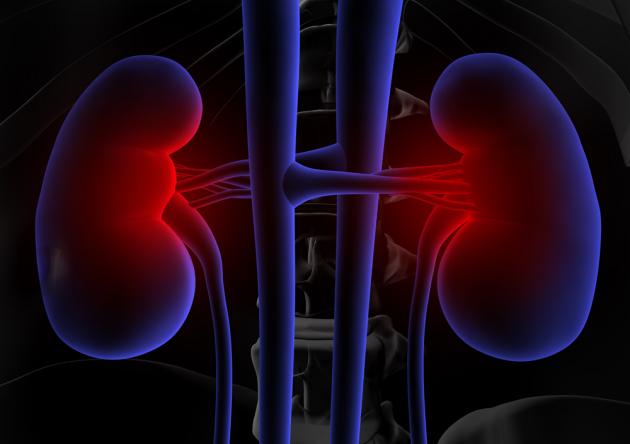A recent study on dialysis methods found no difference between hemodialysis and peritoneal dialysis for non-diabetic patients under 65, the National Evidence-based Healthcare Collaboration Agency (NECA)한국보건의료연구원 said Tuesday.
“If there is no difference between the two dialyses methods in patients without diabetes and under 65, then it is necessary to provide this information to patients early on," said Ryu Dong-ryul, the leading researcher of the NECA study and professor at Ewha Womans University. “Patients should be able to select peritoneal dialysis depending on their lifestyle habits and preferences.”
End-stage renal failure is the last stage (stage five) of chronic kidney disease wherein the kidney can no longer clean the body’s blood. Dialysis is a method to get rid of the body’s wastes, extra salt and water, and control blood pressure.

Patients can either go to a hospital two to three times a week for hemodialysis or insert a catheter into one’s belly through surgery (peritoneal dialysis), so the stomach can act as a natural filter at home.
Because of conflicting results regarding the two dialyses methods in domestic and foreign studies, researchers have continually sought for clarifying data that would prove the effectiveness of both to ease the patient’s dilemma in selecting a method.
The NECA study, conducted from 2003 to 2015, sought to compare the temporary effectiveness and quality of life of both hemodialysis and peritoneal dialysis for end-stage renal disease patients and the financial effects of each on the national health insurance system and the patients.
The study found that although the risk of mortality was higher by 18 percent in peritoneal dialysis when including all patients, there was no difference in mortality in patients when comparing the two dialysis methods on patients under 65 without diabetes.
In terms of cost, the financial burden of treatment (combination of national health insurance and individual costs) for hemodialysis from 2003 to 2015 rose significantly compared to peritoneal dialysis.
For individual patients, hemodialysis cost at least about 2 million won ($1,770) more than peritoneal dialysis. Data showed hemodialysis cost around 13 million to 24 million won a year from 2003 to 2015, while peritoneal dialysis cost around 11 million to 17 million won in the same period.
The study also estimated that if 50 percent of current patients undergoing hemodialysis switched over to peritoneal dialysis (maintaining a 67:33 ratio), it would save 433.4 billion won ($384.9 million) in healthcare costs over the five years.
Despite the study findings, Korean patients have been leaning toward getting hemodialysis over peritoneal dialysis in the past couple of years with “no evidence to support that hemodialysis is superior to peritoneal dialysis,” according to NECA.
Data from the Korean Society of Nephrology indicated the number of patients selecting hemodialysis rose from 29,031 patients in 2006 to 68,853 patients in 2016.
Patients getting peritoneal dialysis fell from 7,990 patients to 6,842 in the same period.
Korea has one of the most rapidly increasing kidney disease rates in the world, with kidney disease patients having increased two-fold from 46,730 patients in 2006 to 93,884 patients in 2016, NECA said.
“We hope that this study becomes a valuable reference for patients debating between the two dialyses methods and help establish maintenance systems that will allow more patients to select peritoneal dialysis in the future willingly,” Professor Ryu said.

